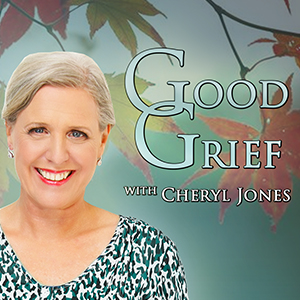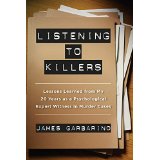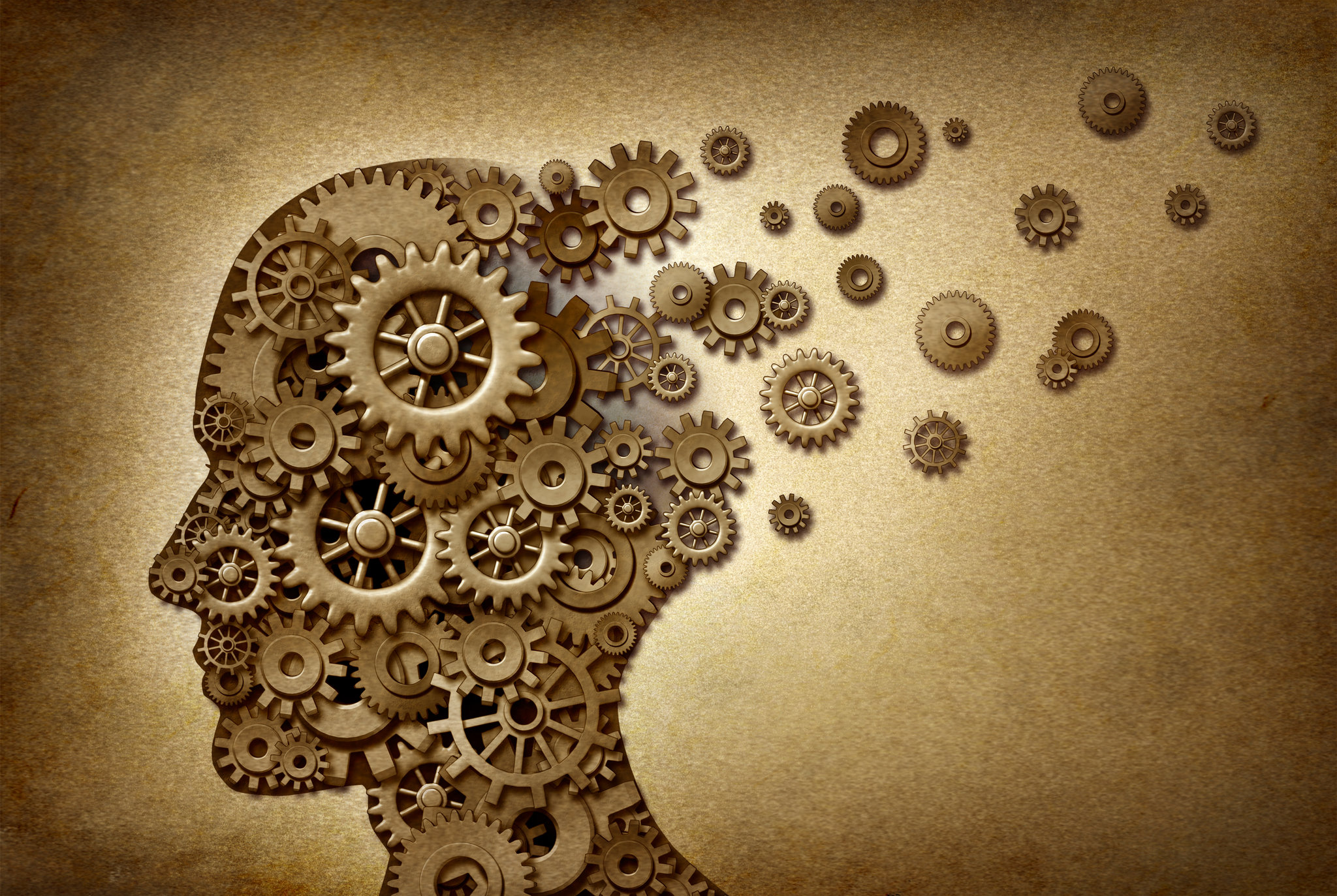Loss and grief
The host of Good Grief, Cheryl Jones, recently wrote an article for Open to Hope, a renowned...
Read Moreby VoiceAmerica | Aug 10, 2016 | Health & Wellness | 0 |
The host of Good Grief, Cheryl Jones, recently wrote an article for Open to Hope, a renowned...
Read Moreby VoiceAmerica | Apr 20, 2015 | Empowerment | 0 |
Tune in Wed 4/22/15 @ 10am PT to A Rumor of Empathy to hear more. James...
Read Moreby VoiceAmerica | Jan 29, 2014 | Empowerment, Health & Wellness | 0 |
Tune in to Holy Hormones Honey! with Leslie Botha for her New Episode âAnatomy of an Epidemic:...
Read More



